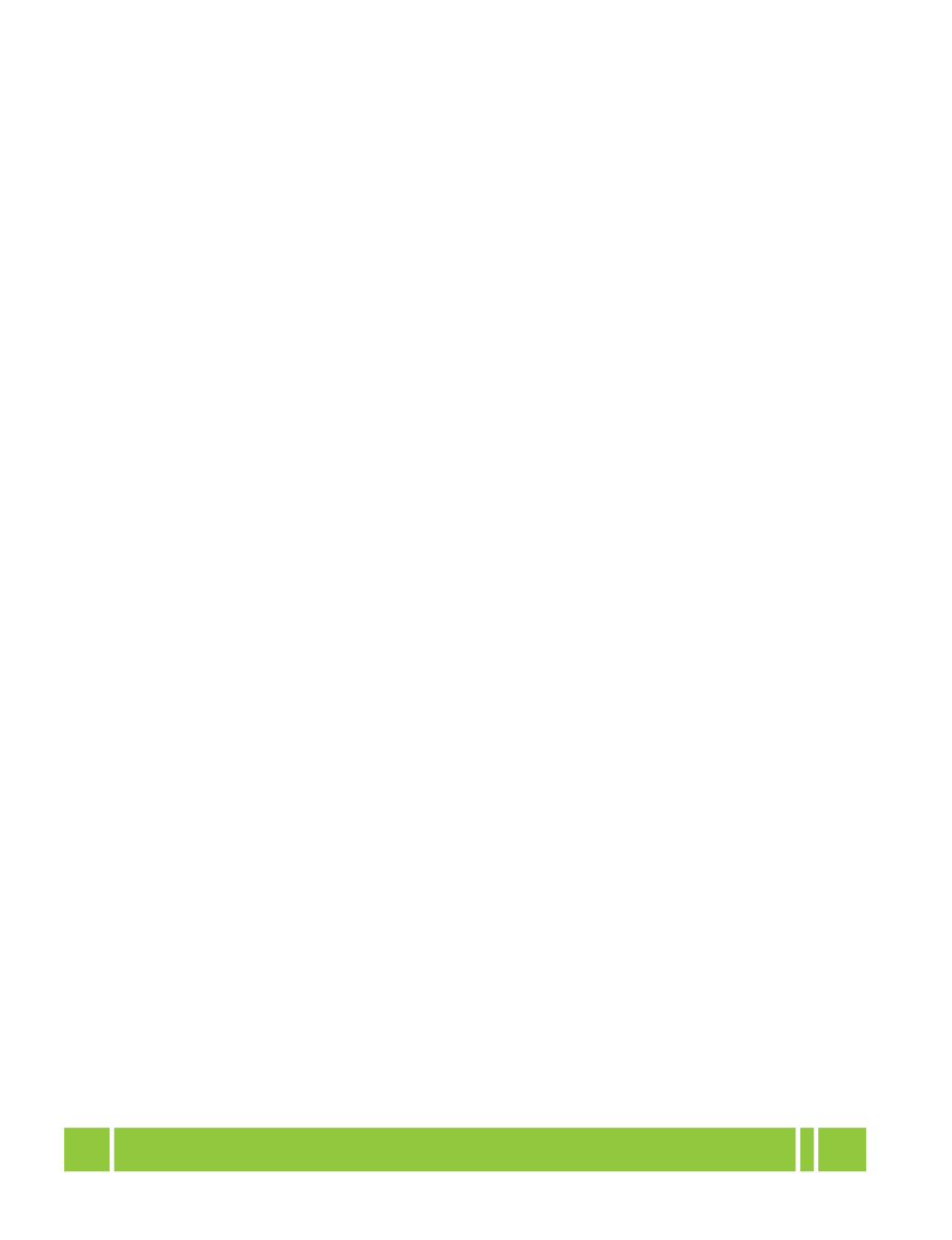

168
National Health Profile 2018
Health Financing in India
Highlights
Health financing systems are critical for reaching universal health coverage. Health financing levers to move
closer to universal health coverage lie in three interrelated areas: raising funds for health; reducing financial
barriers to access through prepayment and subsequent pooling of funds in preference to direct out-of-pocket
payments; and Allocating or using funds in a way that promotes efficiency and equity. Developments in these key
health financing areas will determine whether health services exist and are available for everyone and whether
people can afford to use health services when they need them.
Health Finance indicators provide an understanding of patterns of investments, expenditure, sources
of funding and proportion of allocation vis-à-vis other total allocations. It also provides an important tool to
understand health outcomes in relation to the expenditure.
Total public expenditure on health for the year 2015-16 stood at Rs 1.4 lakh crores. (Table 4.1.1)
Per capita public expenditure on health in nominal terms has gone up from Rs 621 in 2009-10 to Rs
1112 in 2015-16. (Table 4.1.2)
Public expenditure on health as a percentage of GDP was 1.02% in 2015-16. There is no significant
change in expenditure since 2009-10. (Table 4.1.2)
The Centre-State share in total public expenditure on health was 31:69 in 2015-16. (Figure 4.1.1)
Total public expenditure on health (excluding other Central Ministries) in 2015-16 was Rs 140,054
crores, with Medical and Public Health comprising the major share (78.7%). The share of Family
Welfare was 12.6%. (Figure 4.1.2)
Urban and rural health services constituted 71% of the public expenditure on medical and public
health in 2015-16. (Figure 4.1.3)
The North-Eastern states had the highest and EAG states (including Assam) had the lowest average
per capita public expenditure on health in 2015-16 (excluding UTs). (Table 4.1.5)
The North Eastern states had the highest public health expenditure as a percentage of GSDP in 2015-
16 (2.76%). The value was 1.36% for EAG (including Assam) and 0.76% for major non-EAG states.
(Table 4.1.5)
Based on Health Survey (71st round) conducted by NSSO, Average medical expenditure incurred
during stay at hospital from Jan 2013 - Jun 2014 was Rs. 14,935 for rural and Rs. 24,436 for urban in
India. (Table 4.2.2(a) and Table 4.2.2(b))
Average total medical expenditure per child birth as in patient over last 365 days (survey conducted
from Jan to Jun 2014) in a public hospital in rural area is Rs. 1,587 and in urban area is Rs. 2,117.
(Table 4.2.3)
Around 43 crore individuals were covered under any health insurance in the year 2016-17. This
amounts to 34% of the total population of India. 79% of them were covered by public insurance
companies. (Table 4.3.5)
Overall, 80% of all persons covered with insurance fall under Government sponsored schemes.
(Table 4.3.5)
Public insurance companies had a higher share of coverage and premium for all types of health
insurance policies, except family floater policies including individual policies. (Table 4.3.5)
Compared to countries that have either Universal Health Coverage or moving towards it, India’s per
capita public spending on health is low. (Figure 4.4.3 and Table 4.4.1)


















